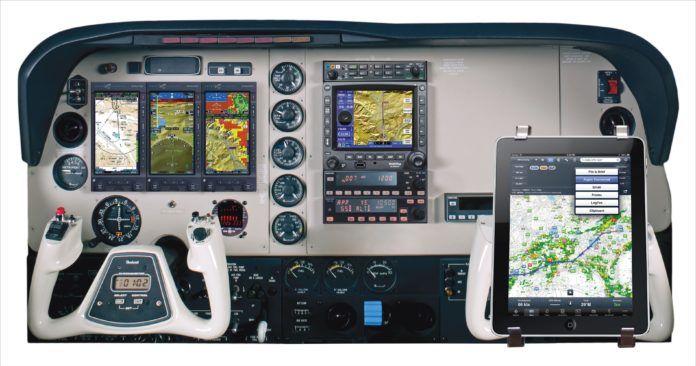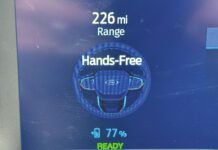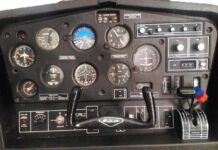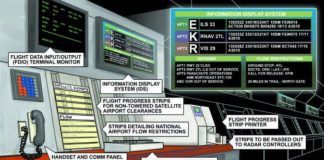The battle has raged a long time between useful, inexpensive, portable, non-certified devices and panel-mount certified instrumentation. In practice, we’ve long used non-certified portables for navigation and we haven’t been falling out of sky in swarms.
Officially, our non-certified portables are for advisory and supplementary use only. In reality, though, if you don’t have a GPS in your panel allowing you to fly direct for hundreds of miles, you can still use a portable GPS. To be legal, you get a heading and “direct when able.” It’s an official wink and a nod, and it works.
With the increasing power of dedicated portables like those from Garmin, and the fast advancing realm of software for general purpose devices, there’s functionally really nothing we can’t do with a portable. But there’s still precious little we can legally do with it other than enjoy the supplementary information.
Inspired engineers keep chipping away at that distinction. The FAA hasn’t been too concerned about non-certified devices reading data from the certified ones. After all, there’s no real harm in that, as long as the connection isn’t disruptive. However, they’ve long prohibited non-certified devices controlling the certified panel-mounts. That’s changing.
The watershed device comes from Aspen. Their Connected Gateway allows a suitably equipped iPad to send route, frequency and other data to the panel mount devices. The one concession to the boundary between non-certified data into certified avionics is that each transfer requires the pilot to manually accept the operation.
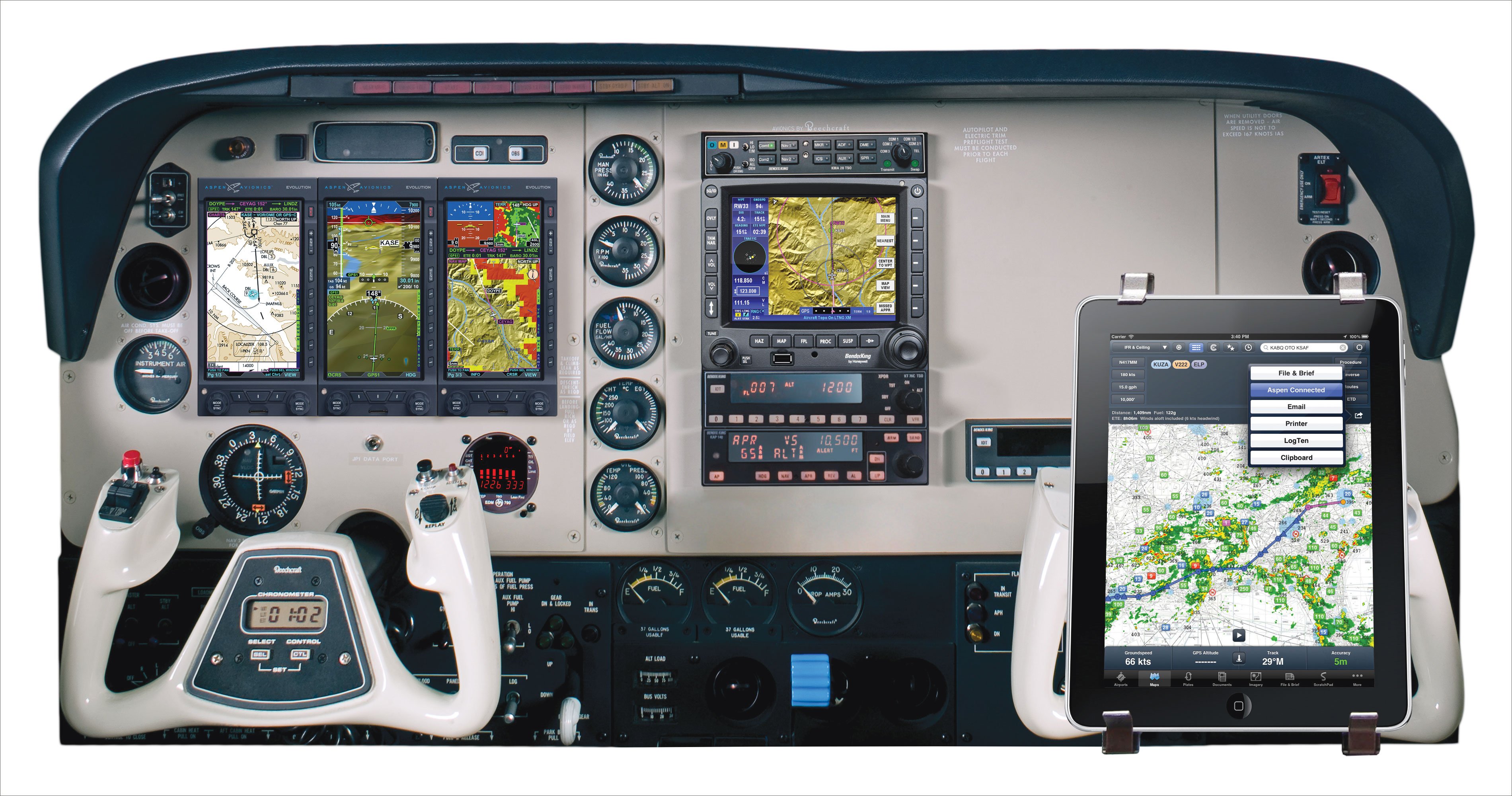
It goes like this: The pilot makes a route change on the iPad, perhaps using ForeFlight. On the Aspen MFD, the pilot reviews and acknowledges the change, and it gets sent to the navigator and becomes the new route.
And that eco-system is just the tip of the iceberg. Hilton Software’s WingX now speaks ARINC 429 data. AIRINC 429 is both a hardware bus specification, and a data definition language. In sophisticated aircraft and avionics everything about the airplane is on one or more 429 buses. There are certified devices today, intended for the kerosine and the transport crowd, that attach to AIRINC 429 buses and provide wireless and even wired connections to tablet computers. They’re read-only at the moment, but bi-directional data exchange isn’t far off, given Aspen’s trail blazing.
Note that we’re talking about control, not navigation. The GPS guiding the airplane must still be certified, but it is becoming possible to accept flight plan data from a portable. Airline pilots may not be programming their Airbuses from a tablet this year, but it’s not long before our connected EFB-iPads can perform functions we can’t yet imagine.
And that’s likely a good thing. I applaud the FAA’s stance on this. The critical functions are still being performed by the certified boxes, but old and new ancillary functions are increasingly possible in sophisticated software that runs as well on a $600 tablet as a $100,000 FMS. That only improves the environment and capabilities for everyone.
— Frank Bowlin

